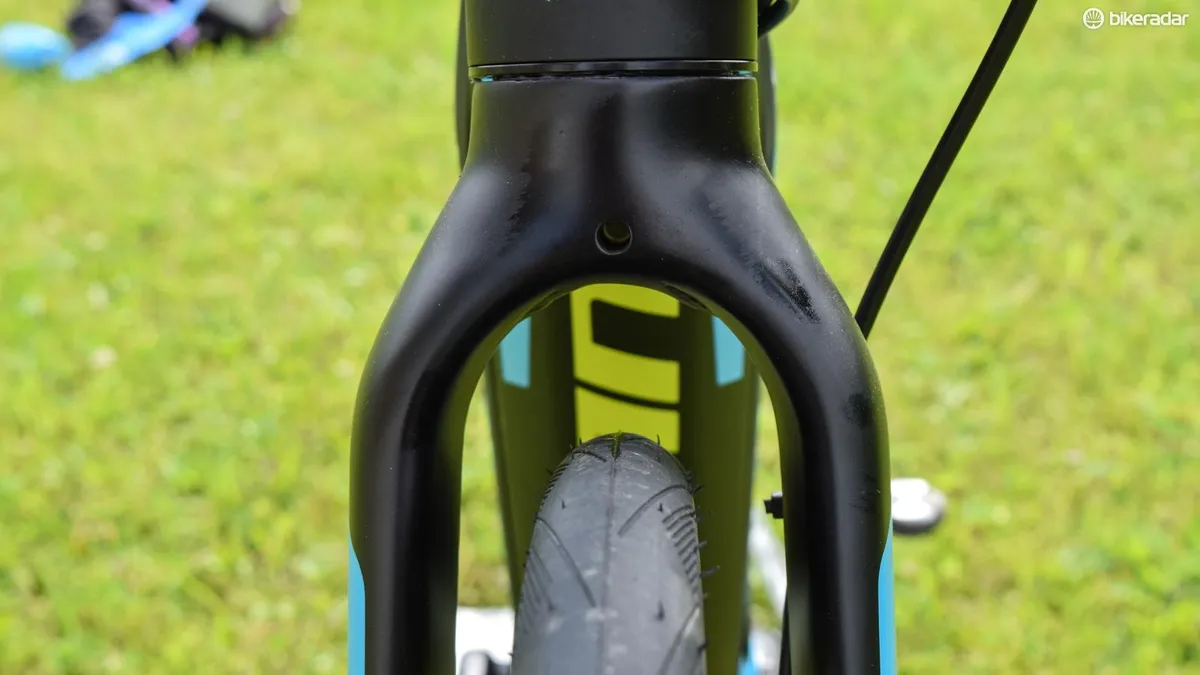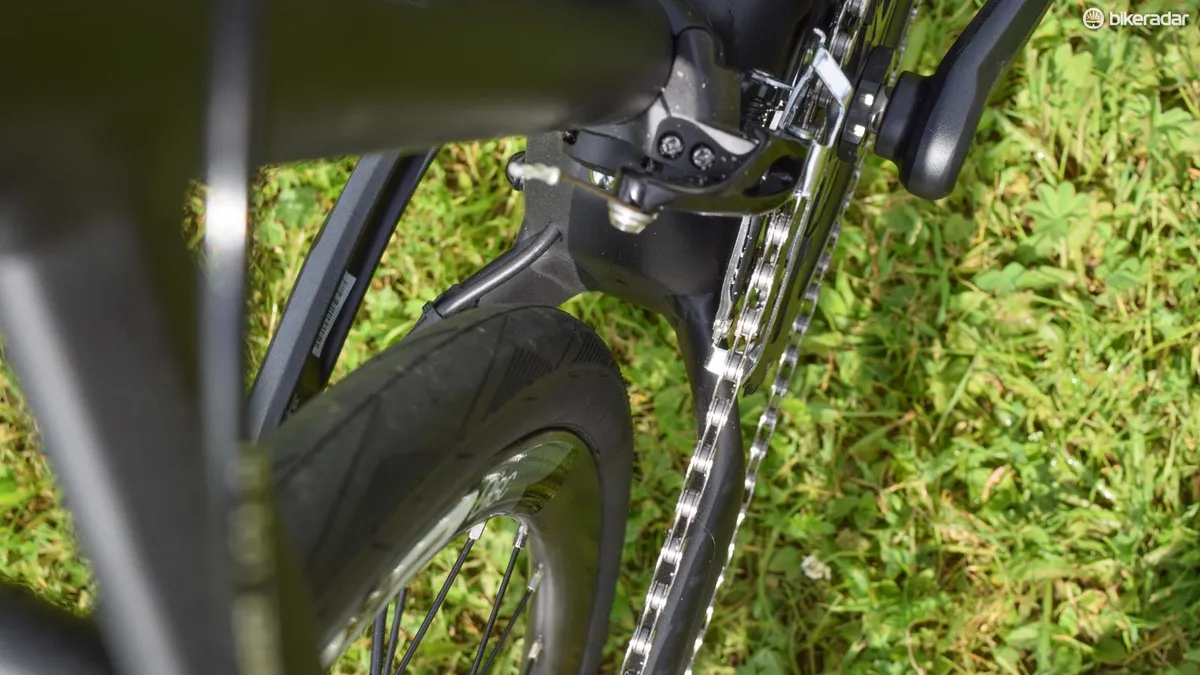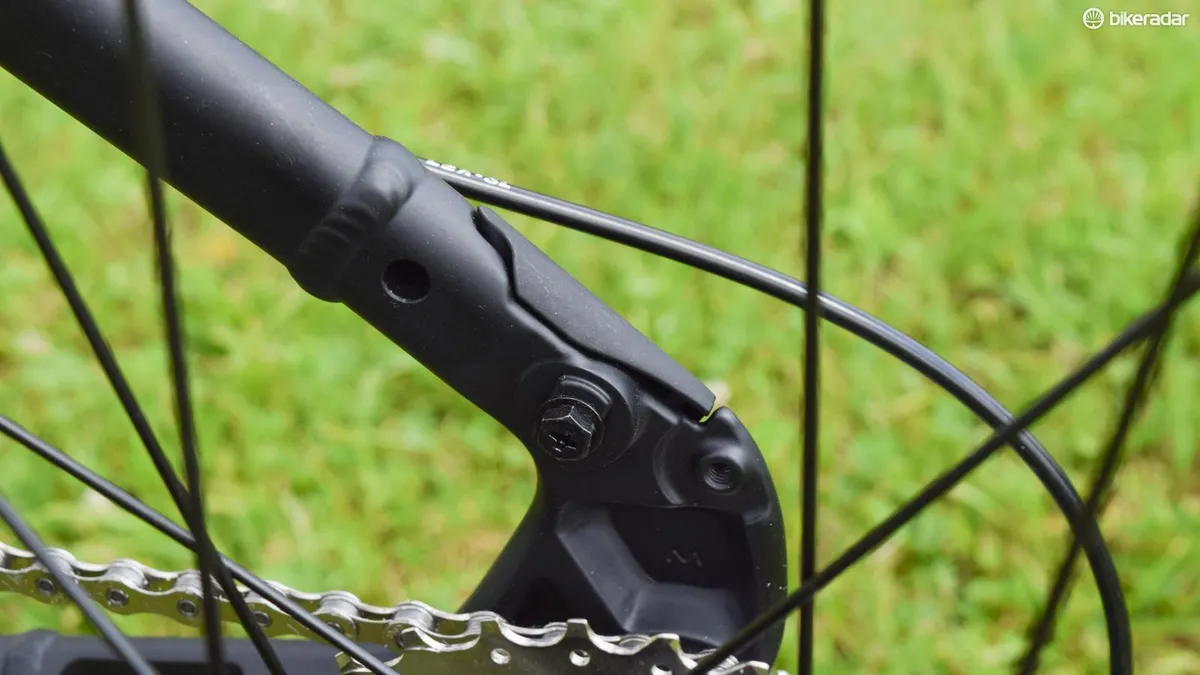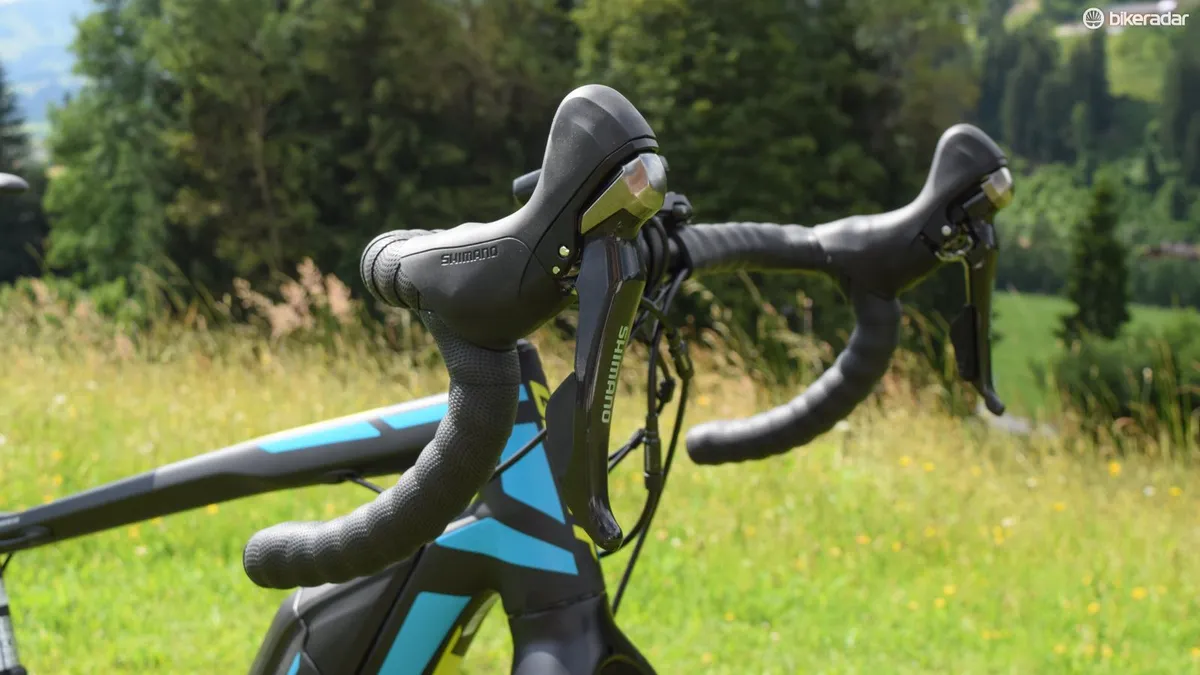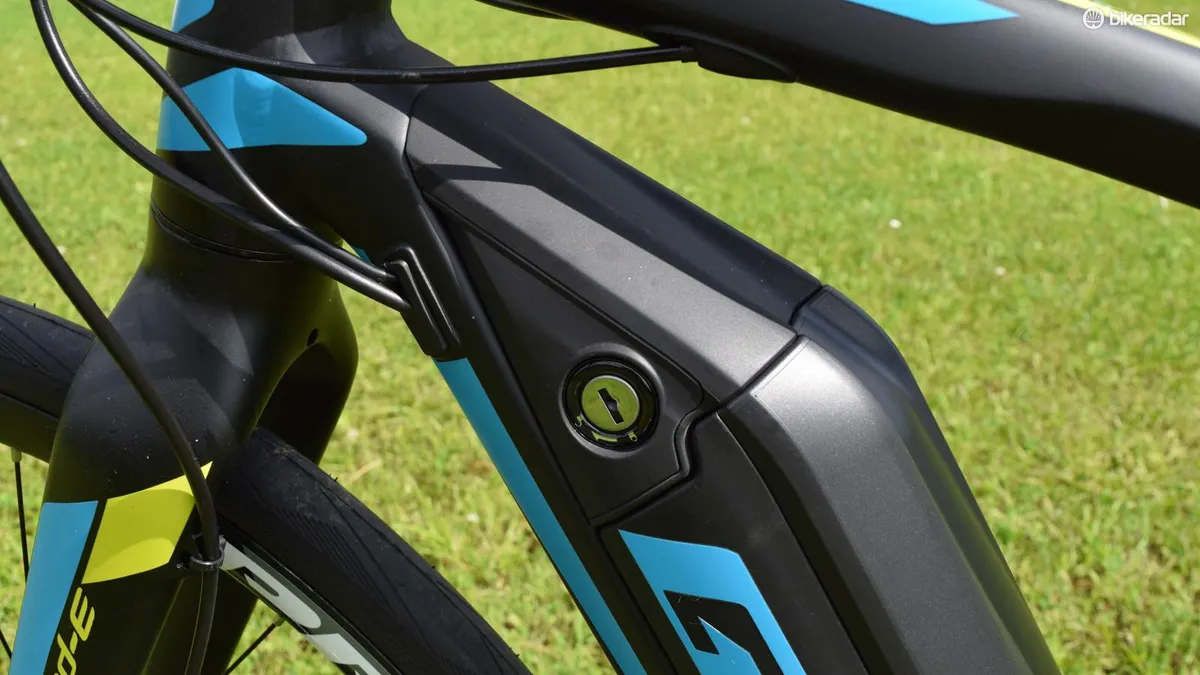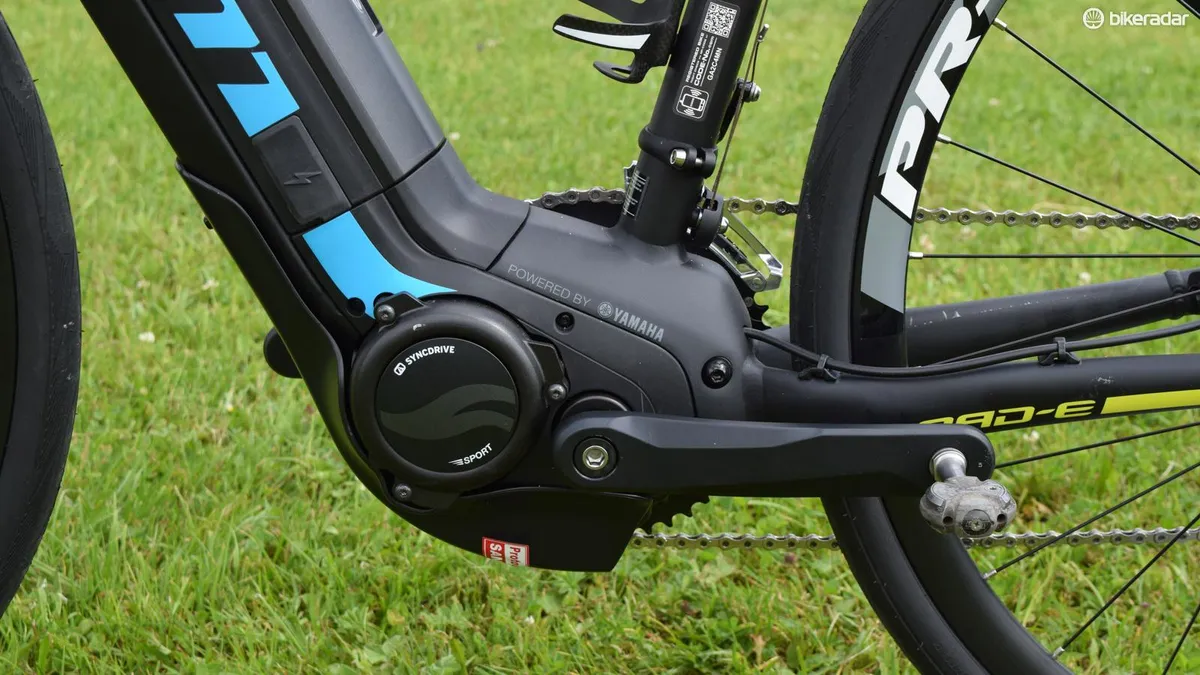I’m flying up the Kitzbüheler Horn, one of the hardest climbs in Europe. I’m out of the saddle, my legs feel weightless and free. My heart rate is pegged, but I’m in control, I’ve got this. The finish line is within reach. There’s writing on the road. The fans in my head are screaming. I’m heading uphill, but I’m hitting the hairpins so quickly that I’m having to choose my line carefully. I crane my neck to make sure there’s nothing coming and then I use every inch of the road. Outside to apex. Apex to outside.
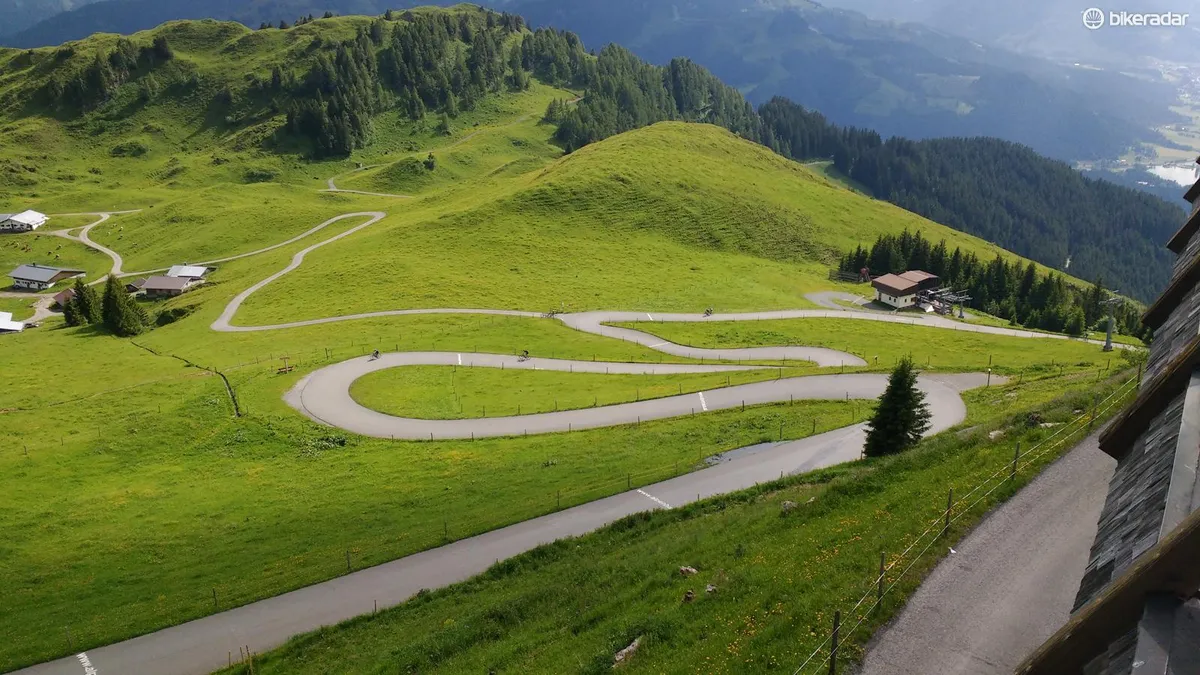
When I reach the top I feel an empty elation. I know I’ve achieved something, but I’m not completely sure what it is exactly. For last few hundred metres a car had been shadowing me, a couple of tourists in search of a view. The man gets out. He looks slightly awed. “Are you a pro?” he says. I want to lie, but I just can’t bring myself to.“No, it’s got a motor.”
“Ah” he says. “Because otherwise, that was unbelievable.”
Yes, yes it was.
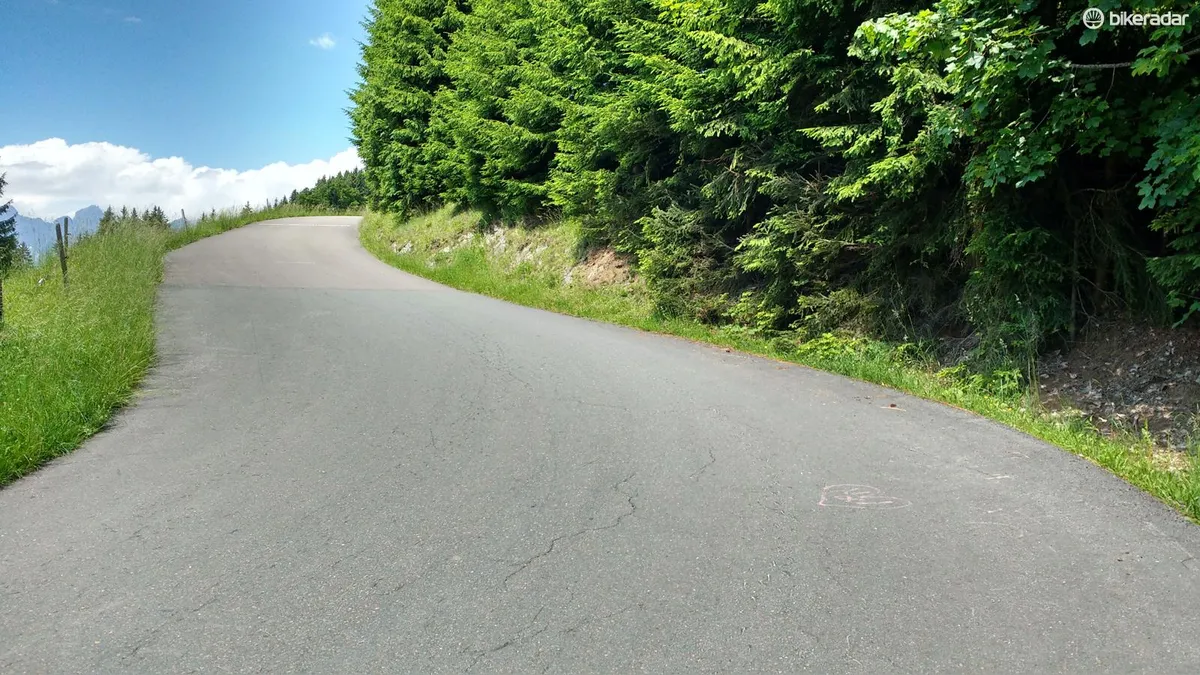
The main Horn segment on Strava is 6.7km long and climbs 851 vertical metres, making for an average gradient of 13 percent. Average. At its steepest it’s around 22 percent. The fastest ascent of the this serpentine strip of tarmac is credited to Spanish professional rider Victor de la Parte, who managed it in an astonishing 27 minutes and 57 seconds. According to the ride file I uploaded that magical day, I’d just done it exactly nine minutes faster, at an average speed of just over 21km/h.
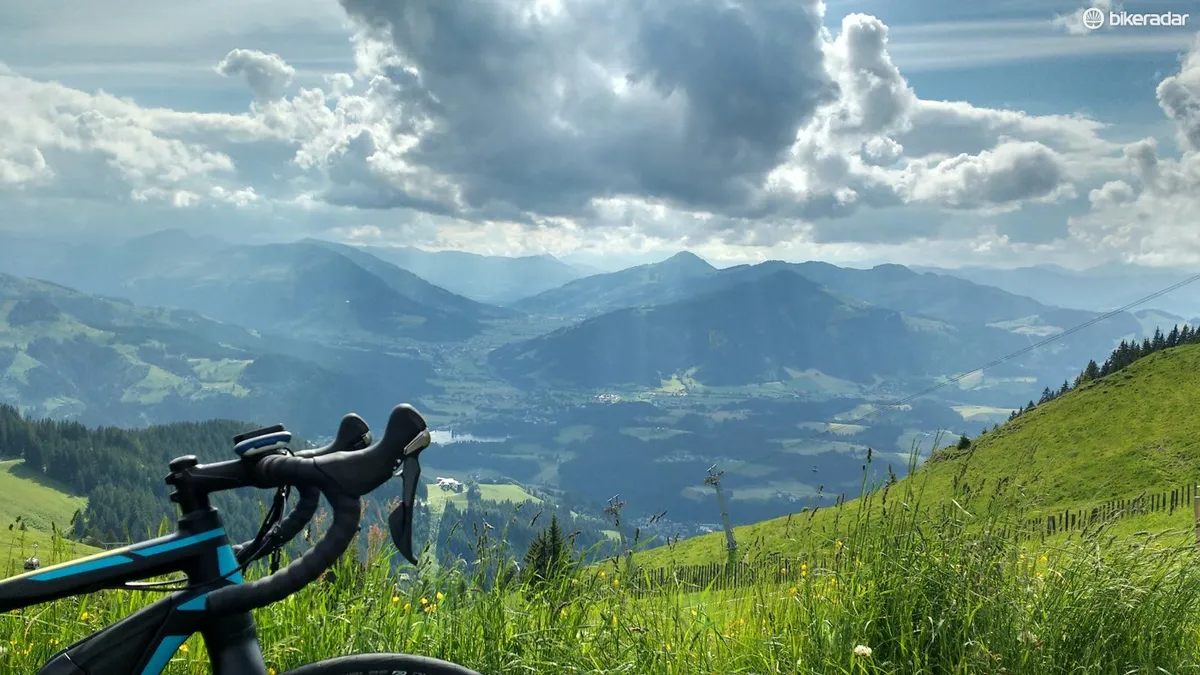


The truth of the matter
I was riding Giant’s Road-E+ 1, a drop-bar e-bike with a nominal 250W of power on tap. Like all road-legal e-bikes, the power cuts out above a certain speed, 25km/h in this case as I’m in the EU. But on a steep climb that doesn’t matter in the slightest, because there’s very little danger of me hitting that magic number. Giant quietly launched the Road-E+ a few months ago but delays meant the bike hasn’t actually been available, and this media event in Austria was the first time anyone outside of Giant had ridden it. As an intro the cutting edge of e-road cycling (now there’s a clumsy phrase), Giant led me and a group of my fellow journalists on a 42km ride around some very pretty roads in Austria, the day before the Eurobike Media Days.
The bike
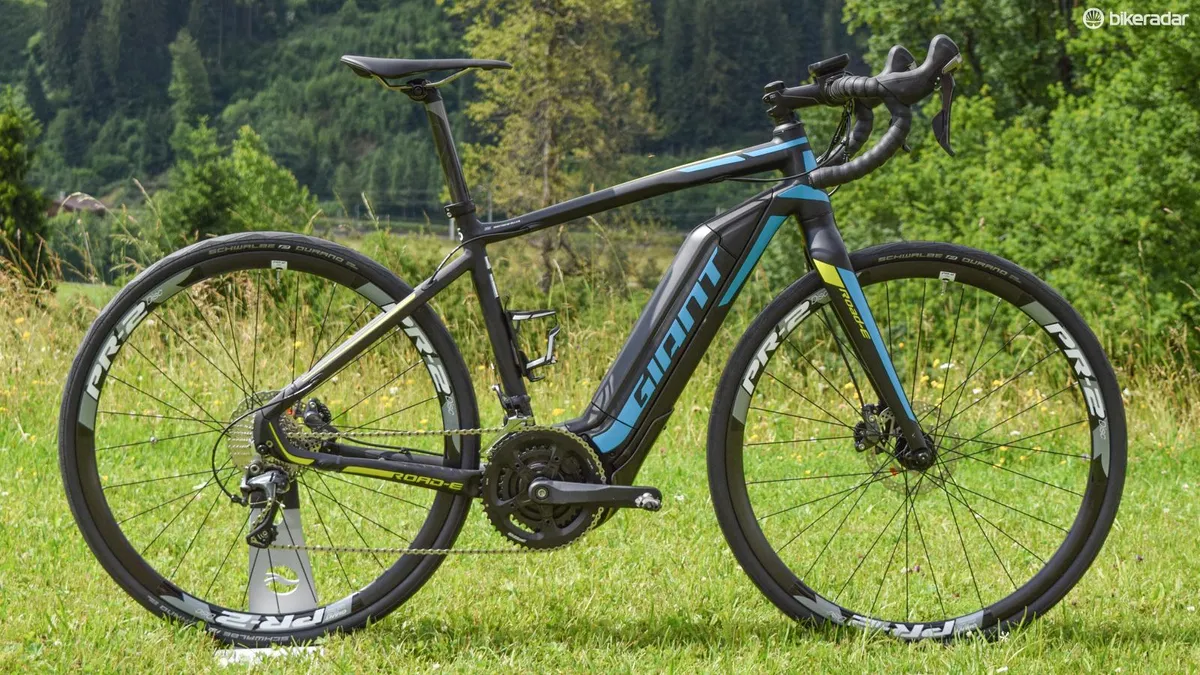
Although the Road-E+ bears a strong resemblance to Giant’s entry-level Defy range, it’s been designed from the ground up as an e-bike. Like all Giant’s latest offerings in the segment, the battery is integrated neatly with the down tube. The so-called ‘Energypak’ is the result of considerable design effort, the aim being to squeeze the required number of lithium ion cells (40 in a 10-series, 4-parallel arrangement) into as small a space as possible, with rounded external lines that match those of the frame.
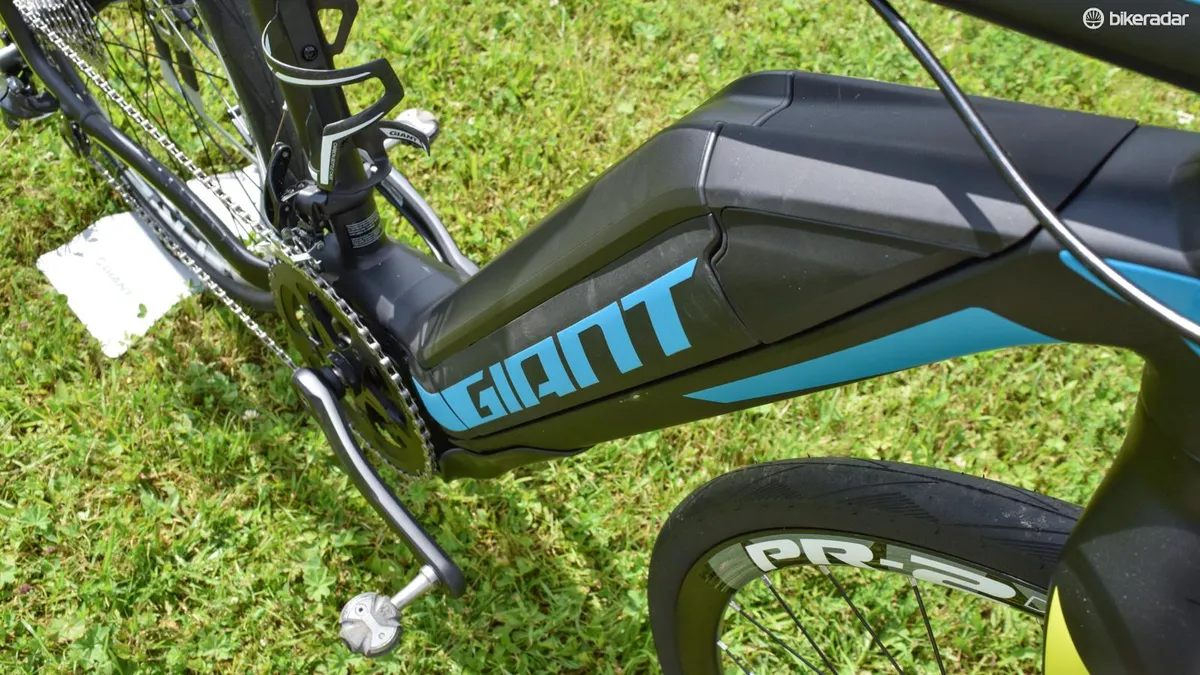


The frame is standard Giant alloy fare, with smartly hydroformed tubing and it offers huge tyre clearances as well as mounts for mudguards/fenders and a rack. In geometry terms it's similar to the brand’s Defy road range, but with a head angle that's 1.5 degrees slacker and a longer top tube in the interests of safe, stable handling – a reflection of a target demographic that includes less experienced or less confident cyclists. The rear tyre clearance and the substantial power unit necessitate longer chainstays, so in total the wheelbase is 92mm longer than on the Defy.The bike is powered by a Yamaha SyncDrive unit with a nominal output of 250W. There’s no official standard for rating electric motors however, and peak power is somewhere close to double that figure according to Giant. The level of assist is controlled by the RideControl switch unit that sits on the bars next to a screen displaying useful info like remaining battery capacity, and various ride metrics including speed and distance. The lowest power level is Eco, followed by Normal and Power. As the first two aren’t as exciting and we weren’t doing a huge ride, I left mine in Power the whole time – more on which later…
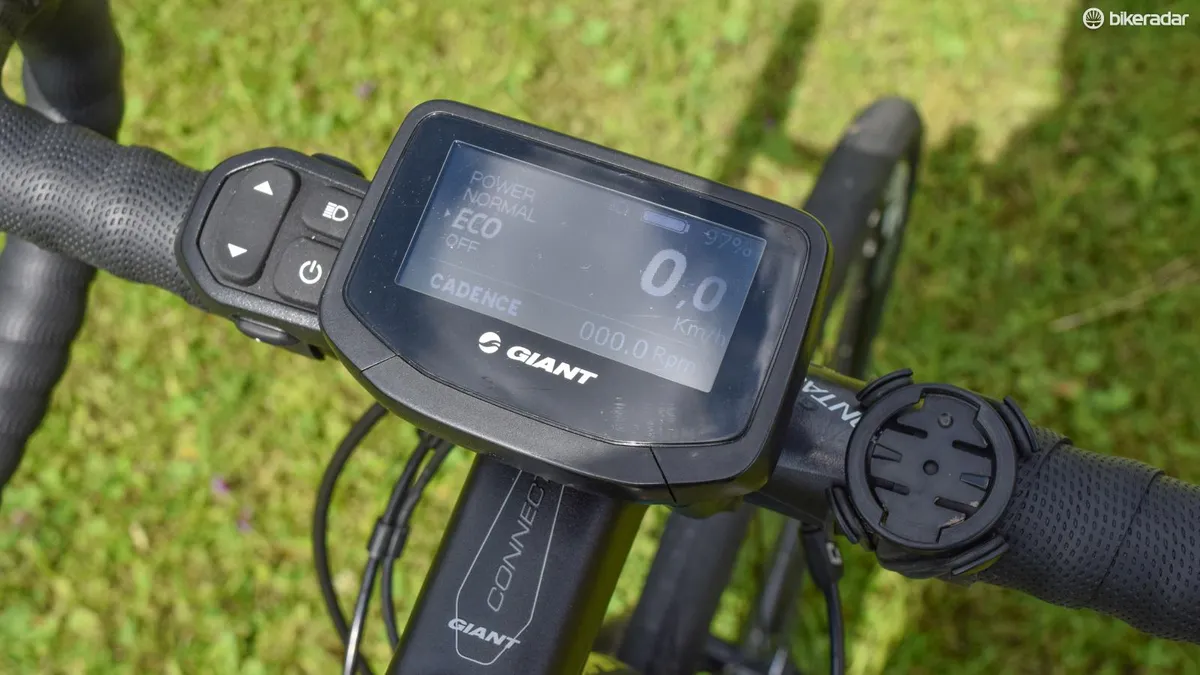
E-bike trimmings aside, the bike’s spec is fairly conventional, with a mixture of Shimano Ultegra and 105 components, along with the RS685 hydraulic levers and their matching calipers. The wheels are Giant’s own, and they came fitted with 32mm Schwalbe slicks.
The ride: it’s a climbing demon and a downhill missile, but not everything went to plan

It’s not cycling as we know it, but e-bike riding definitely has its rewards. I took on the Kitzbüheler Horn with the intention of going as quickly as possible, but the luxury of riding a powerful e-bike is that when you don’t feel like putting in any effort, you really don’t have to. You can simply sit in a low gear and soft-pedal, your legs effectively acting as a switch rather than actually propelling you forwards. The system seems biased towards lower cadences, offering a greater feeling of assistance around 70rpm than at a typical roadie 90rpm. This is likely why it feels so good when you stand on climbs, as cadence tends to be lower then. On flat roads the limiter means that a fit cyclist will almost invariably be riding without any assist at all, and it’s in that situation that the Road-E+ excels the least. There’s no getting past the fact that it’s a heavy machine, and with a fairly large angle of engagement in the drivetrain (and basic cranks), it’s not at all satisfying to get out of the saddle and stamp on the pedals.

Uphill the Road-E+ is phenomenal as I’ve already described, but on our test ride a number of the journalists including me suffered a complete shutdown of the power system. I’d been running mine in the highest-assist Power mode for the entire ride, and 1km from the top of the Kitzbüheler Horn my bike suffered a total loss of power, shutting down without warning and displaying an error message on the head unit.
Leaving aside philosophical objections to what is essentially egregious cheating in the eyes of many cyclists, there’s no denying that the Road-E+ is remarkably capable
In classic tech support style, turning the bike off and on again cleared the fault for me, but it seems I (we) had succeeded in overheating the Yamaha motor and with the current firmware, there’s no early warning system in place to let you know you need to back off.
Giant’s people were understandably concerned by the turn of events, and I don’t doubt that they’re now working furiously on a solution – we’ll update this article when we learn of one. On a selfish level, I’m just sad I lost 30 seconds or so on the climb because my time would have been even more ridiculous had I not been forced to stop.
Update 19 April 2017: Giant's ultimate verdict on the overheating issue was that the Road E+ simply wasn't suitable for this level of abuse, and it appears that in the end, no changes were made to the 2017 bike. It is fair to say that the Kitzbüheler Horn is an extreme piece of terrain for an e-bike, but it will be interesting to see if 2018 brings an updated machine, and where Giant takes us to show it off. The failure itself is certainly forgivable, but the absence of any form of built-in warning system is unfortunate.
Down we go
On the descents, the Road-E+ is a gravity-driven missile. The bike’s weight and ample wheelbase make it very stable, and the steep gradients of the Kitzbüheler Horn highlighted the need for disc brakes on a bike like this – it gathers speed at a tremendous rate, and you need to be assertive with your lever-work to keep things under control as the hairpins loom.
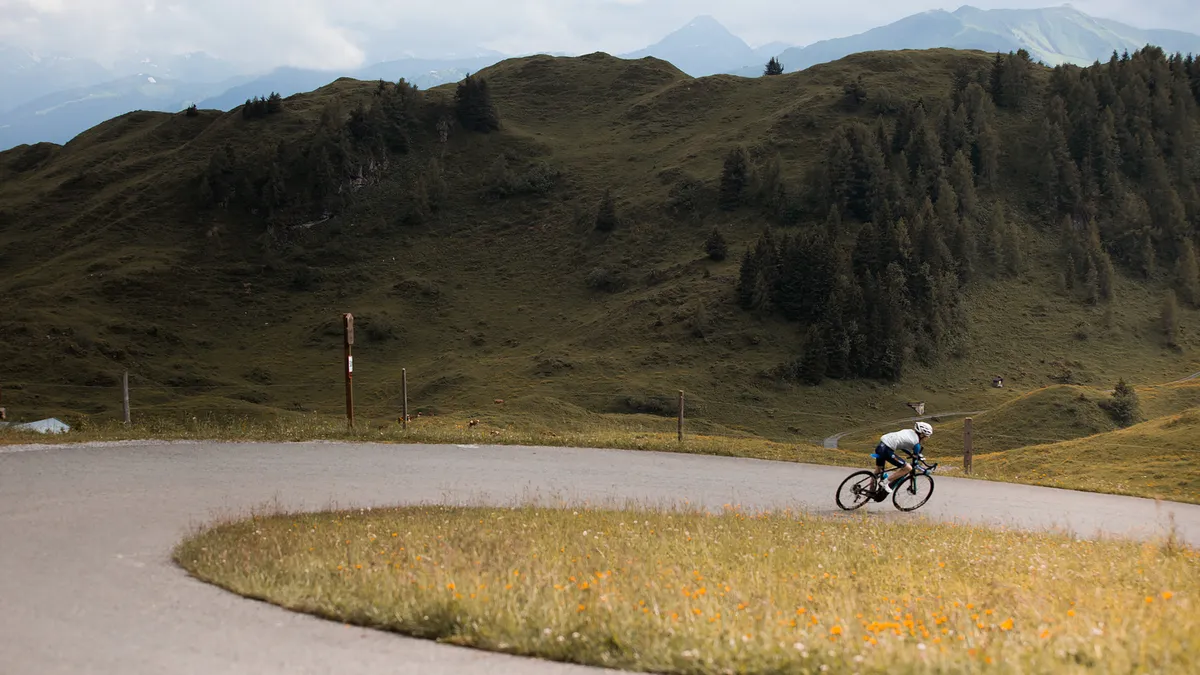
I managed to get my brakes very, very hot on the descent and the rather budget-looking rotors were shrieking like banshees. I didn’t suffer any loss of stopping power, but at least one (rather heavier) journalist on the same ride did, suggesting that bigger rotors or improved cooling of the brakes would be no bad thing. Giant UK’s David Ward commented that the smaller rotor reduces the risk of overwhelming the tyres’ grip, but if that’s becoming a limiting factor I’d speculate that perhaps fatter rubber would be a good idea too – as this is an e-bike the weight penalty would be of less concern than on a conventional bike.
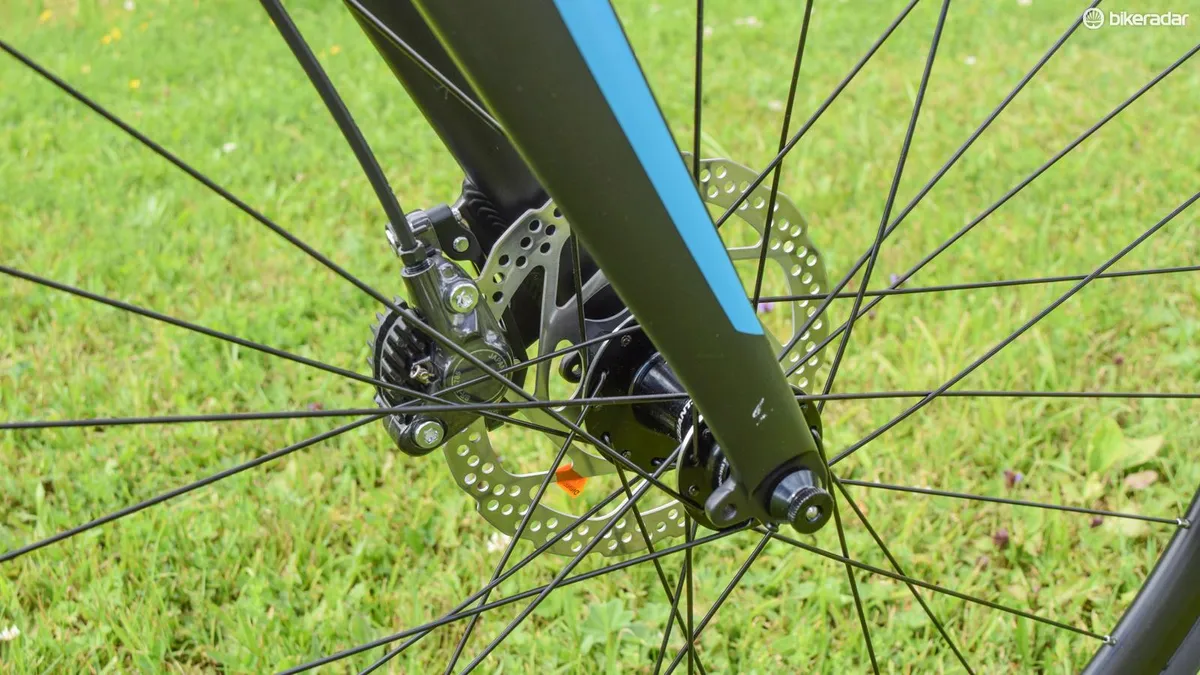


Aside from the obvious side-effects of adding a huge motor and battery, the Road-E+ has plenty in common with Giant’s regular alloy road range. It’s plenty comfy and stiff enough, if not exceptional in either regard. The handling is impacted by the weight in that the Road-E+ feels much less nimble than a normal bike, but it’s entirely benign – you simply need to get used to it.
Early verdict
The Road-E+ clearly has at least one bug that needs ironing out, but my experience with the bike was eye-opening to say the least – it was a hell of a lot of fun. Leaving aside philosophical objections to what is essentially egregious cheating in the eyes of many cyclists, there’s no denying that the Road-E+ is remarkably capable and in a place like Austria it opens up to casual cyclists a whole realm of riding that would normally be beyond their reach.
To get an idea of the difference between this and a conventional bike, consider this: I did the Kitzbüheler Horn again a couple of days later on Cannondale’s stunning new Evo Disc (we'll be bringing you a first ride review on that imminently) and granted, I was terribly over-geared with a low-end of 36/28, but it took me 55 minutes – almost three times as long as on the e-bike. It was, if I’m perfectly honest, one of the hardest things I’ve ever done on a bicycle. Did I feel a greater sense of achievement? Yes. But was it more fun? I’d struggle to argue that it was.
Specification
(Note: there are small variations in spec according to region, this is the spec as tested)
- Weight: 18.5kg (claimed)
- Frame: Road-E+ ALUXX SL
- Fork: ALUXX SL hydroformed aluminium, tapered steerer
- Seatpost: Giant Contact Composite 30.9mm
- Handlebar: Giant Contact
- Stem: Giant Connect
- Levers: Shimano RS685
- Rear derailleur: Shimano Ultegra
- Brakes: Shimano RS785 hydraulic disc
- Power unit: Yamaha SyncDrive Sport 80Nm, 250W
- Battery: Giant EnergyPak 500 36V, 13.8Ah lithium ion
- Cassette: Shimano 105 11-32
- Chain: KMC X.11e e-bike specific
- Wheels: Giant P-R2 Disc
- Tyres: Schwalbe Durano 32mm
- Saddle: Giant Contact SL Neutral
Pricing and availability
The Road-E+ is available now with UK pricing as follows. Pricing and availability in other markets is to be confirmed.
- Road E+ 1: £3199
- Road E+ 2: £2599

